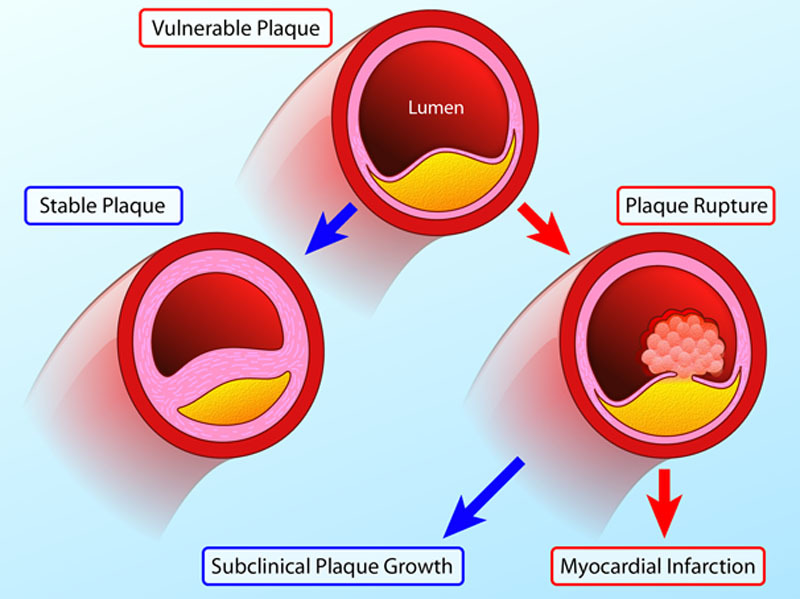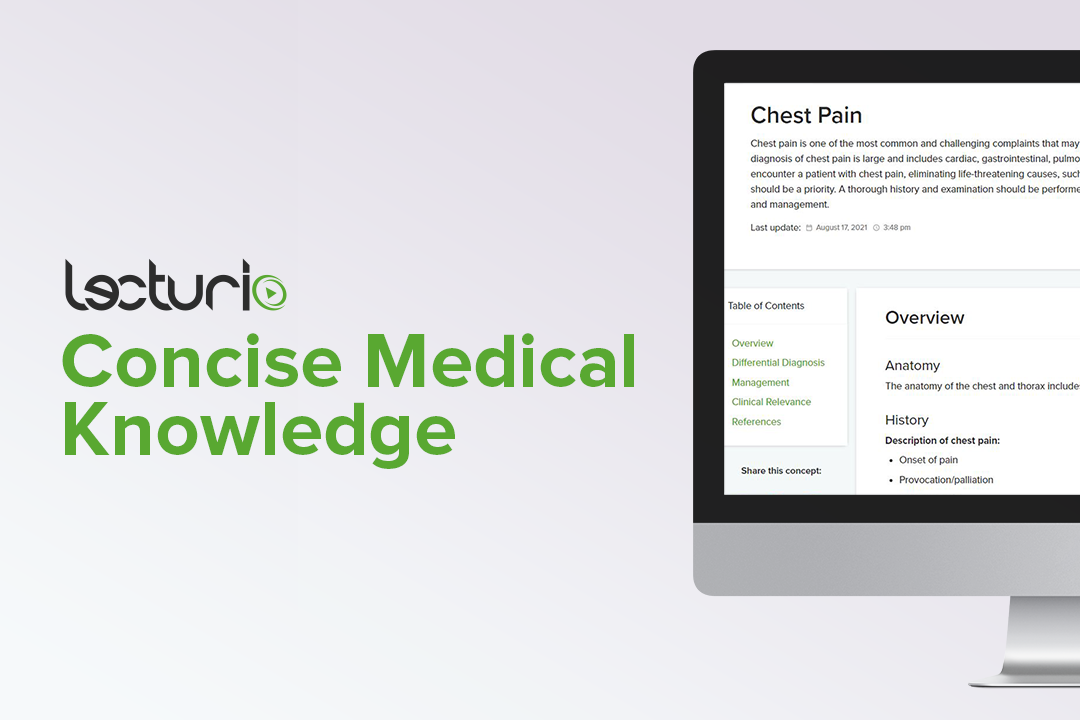Playlist
Show Playlist
Hide Playlist
Chest Pain: Definition & Examination
-
Emergency Medicine Chest Pain.pdf
-
Download Lecture Overview
00:01 Hello. 00:01 In this lecture we're gonna be talking about chest pain in the emergency department setting. 00:06 We're gonna start off with the case. 00:10 So we have a 71-year-old man who comes into the ED. 00:13 He's got a history of hypertension, diabetes, reflux, and osteoarthritis. 00:18 And he's presenting with severe chest pain. 00:20 He comes in via ambulance. 00:23 What do you wanna do? Well, first and foremost, you need to remember that chest pain is always an emergency. 00:31 So you wanna check your patient's CABs. 00:34 If they're unstable in any way from an airway, breathing, or circulation perspective, you need to stabilize them before you do anything else. 00:42 Assuming they're stable, you can proceed with the rapid and focus history and physical. 00:47 But you don't wanna just sit down and do your H&P for a long time. 00:51 You wanna make sure that you're ordering essential tests, so that those were being completed at the same time as you’re doing your H&P. 00:58 It's very, very important with the chest pain that you recognize life threatening conditions that require immediate treatment and that you address them quickly. 01:07 And of course, you wanna alleviate your patient's pain in the process. 01:12 So again, CAB is first and foremost, before you start doing any kind of extended history and physical, you wanna check airway, breathing, and circulation. 01:21 Whenever we're worried about patients, we say, OMI. 01:25 So oxygen, monitor, IV access for every single patient who presents with the chest pain. 01:33 You wanna also order your key diagnostic tests upfront while you're obtaining your history. 01:38 So in particular, EKG and chest x-ray are absolutely essential for every patient who presents to the ED with the chest pain. 01:47 You wanna address any abnormal vital signs that you identify and again, you wanna address severe pain or distress, because our goal is not only to make a diagnosis, but also to help our patient feel better. 02:00 Now, when we think about the differential of consequence for chest pain, what are the diagnosis that we can't afford to miss, what are the things that are really gonna be life threats for the patients. 02:12 Initially, we wanna be concerned about myocardial infarction. 02:15 We wanna be concerned about pulmonary embolism, aortic dissection, tension pneumothorax, pericarditis and cardiac tamponade, and esophageal rapture. 02:26 When we take the history for our patients we wanna ask important questions about the pain. 02:31 We wanna know the location of the pain. 02:34 What is it feel like? How severe is it? Does it radiate? What makes it better? What makes it worse? Basically, all of the relevant factors to get a clear sense of what the patient's symptoms are like. 02:45 We wanna know what happen before, during, and after the chest pain. 02:48 So what was the patient doing when it started? What did it feel like when it was happening? And what did the patient do while it was happening? And has it stopped? If so how long did it take to stop? Did the patient have any symptoms afterwards? We wanna also know about associated symptoms, things like dyspnea, diaphoresis, nausea, these can all give us clues as to what's going on with the patient. 03:14 We wanna know if the patient is been constant or if it's episodic, because that's gonna point us in different directions in our differential diagnosis. 03:22 We wanna know about exacerbating, and alleviating factors. 03:25 It's very important to ask if the patient had it before, because if the patient has had it before, they might actually have an established diagnosis, and you can find out how it was treated, and whether that treatment was effective in the past. 03:38 And then of course, we wanna know about the patient's relevant past medical history. 03:43 So we don't need to know every detail of the past medical history, but we wanna know about the things that will help us narrow, or narrow the differential for their chest pain.
About the Lecture
The lecture Chest Pain: Definition & Examination by Julianna Jung, MD, FACEP is from the course Cardiovascular Emergencies and Shock.
Included Quiz Questions
Which of the following statements regarding the evaluation of chest pain is incorrect?
- Assess CABs after a thorough history and physical examination.
- Key diagnostic studies include an ECG and a chest X-ray.
- Obtain a rapid and focused history and physical examination.
- A presentation of chest pain is always an emergency.
Which of the following conditions is least likely to be life-threatening in a patient who presents with chest pain?
- Pericarditis
- Cardiac tamponade
- Pulmonary embolism
- Tension pneumothorax
- Myocardial infarction
Customer reviews
5,0 of 5 stars
| 5 Stars |
|
5 |
| 4 Stars |
|
0 |
| 3 Stars |
|
0 |
| 2 Stars |
|
0 |
| 1 Star |
|
0 |






